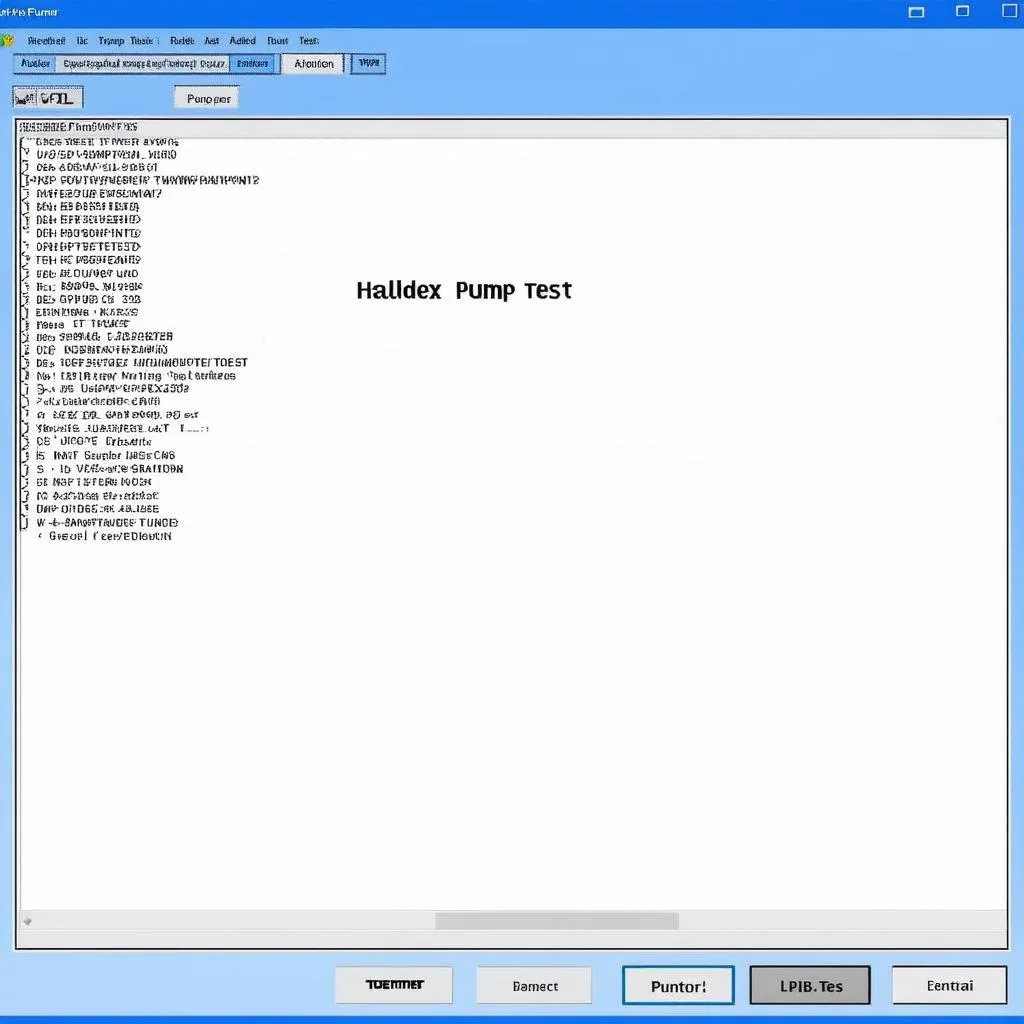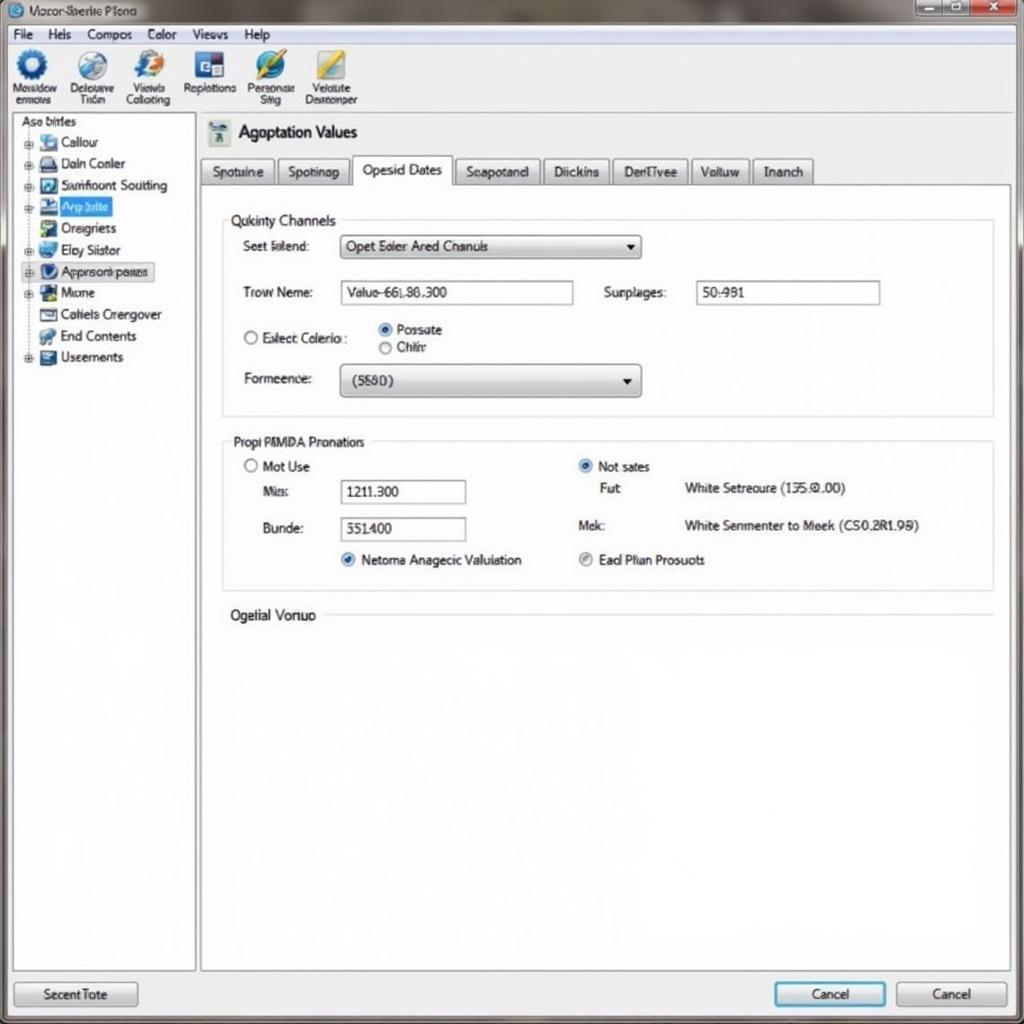The P0234 diagnostic trouble code (DTC), often encountered when using a VCDS (VAG-COM Diagnostic System) scan tool, indicates an overboost condition in your vehicle’s turbocharger or supercharger system. This means the boost pressure is exceeding the manufacturer’s specified limit, which can lead to various performance issues and potential engine damage. Understanding the causes, symptoms, and solutions related to the P0234 code is crucial for both car owners and technicians.
Turbocharged and supercharged engines rely on forced induction to increase power output. However, excessive boost pressure can strain engine components and lead to serious problems. This article will delve into the intricacies of the P0234 VCDS code, providing a comprehensive guide to diagnosis, troubleshooting, and repair.
What Does the P0234 Code Mean?
The P0234 code specifically points to “Engine Overboost Condition.” This signifies that the boost pressure sensor is reporting a value higher than the acceptable range programmed into the engine control unit (ECU). The ECU monitors boost pressure constantly to ensure optimal engine performance and protect critical components. When the pressure surpasses the predefined limit, the P0234 code is triggered, often accompanied by a check engine light and potentially a limp mode to protect the engine.
Common Causes of the P0234 Code
Several factors can contribute to an overboost condition, resulting in the P0234 code. Some common culprits include:
- Faulty Boost Pressure Sensor: A malfunctioning sensor might provide inaccurate readings to the ECU, leading to an erroneous overboost detection.
- Sticky Wastegate or Boost Control Valve: These components regulate boost pressure. If they become stuck or operate improperly, they can cause overboosting.
- Leaks in the Intake System: Air leaks after the turbocharger or supercharger can disrupt pressure readings and trigger the P0234 code.
- Blocked or Damaged Exhaust System: Restrictions in the exhaust system can create back pressure, leading to higher boost pressure.
- Faulty ECU: Although less common, a malfunctioning ECU can misinterpret sensor data and incorrectly trigger the P0234 code.
Symptoms of a P0234 Code
Aside from the illuminated check engine light, several noticeable symptoms might accompany the P0234 code:
- Reduced Engine Performance: The ECU might limit engine power (limp mode) to prevent damage due to excessive boost.
- Unusual Engine Noises: Whining or hissing sounds from the turbocharger or supercharger can indicate a problem.
- Black Smoke from the Exhaust: Excessive fuel being injected due to the overboost condition can result in black smoke.
- Increased Fuel Consumption: The engine might consume more fuel as it struggles to manage the overboost situation.
How to Diagnose and Fix the P0234 VCDS Code
Diagnosing the P0234 code typically involves using a VCDS scan tool to confirm the code and then systematically checking the potential causes:
- Check the Boost Pressure Sensor: Inspect the sensor for damage and test its electrical connections. Replace if necessary.
- Inspect the Wastegate or Boost Control Valve: Verify their proper operation and freedom of movement. Clean or replace if needed.
- Check for Leaks in the Intake System: Carefully examine all hoses and connections for leaks. Repair or replace any damaged components.
- Inspect the Exhaust System: Look for blockages or damage in the exhaust system, including the catalytic converter and muffler.
- Check the ECU: If all other components check out, the ECU might require diagnosis and potential replacement. This is often a last resort.
Why is Addressing the P0234 Code Important?
Ignoring the P0234 code can lead to costly repairs down the line. Prolonged overboosting can damage the turbocharger or supercharger, engine internals, and other components. Addressing the issue promptly can prevent further damage and maintain the longevity of your engine.
P0234 and the VW T5
The P0234 code is also common in Volkswagen T5 vans, often related to issues with the turbocharger’s variable geometry system. vw t5 vcds codes can provide valuable insights into other potential issues with this platform.
Conclusion
The P0234 VCDS code signals a potentially serious issue with your vehicle’s boost system. By understanding the causes, symptoms, and diagnostic procedures outlined in this article, you can effectively address the problem and prevent further engine damage. vcds p0234 offers more detailed information and resources to help you troubleshoot and resolve this code effectively.
FAQs
- What is the most common cause of the P0234 code? A faulty boost pressure sensor is often the primary culprit.
- Can I drive my car with a P0234 code? While possible, it’s not recommended. Continued driving with an overboost condition can cause significant engine damage.
- How much does it cost to fix a P0234 code? The cost varies depending on the underlying cause and the specific vehicle.
- Can I fix the P0234 code myself? With some mechanical knowledge and the right tools, some repairs can be done DIY, but professional diagnosis is always recommended.
- What other codes are often associated with P0234? Other boost-related codes or codes related to the intake or exhaust system might accompany P0234.
Need assistance? Contact us via Whatsapp: +1 (641) 206-8880, Email: CARDIAGTECH[email protected] or visit us at 276 Reock St, City of Orange, NJ 07050, United States. Our customer support team is available 24/7.


